Australian trucking firms use a mixture of bonneted trucks (the ‘American-style’ truck with the long bonnet, also called conventional) and cab-over trucks (the ‘European-style truck with a flat front – also called COE, cab over engine or forward control). Each type has its own advantages and disadvantages.
Advantages of a conventional truck with a bonnet or hood
Conventional trucks are slightly more aerodynamic than cab-over trucks because the cab-over design presents a large flat face to the wind. This makes no difference at urban speeds, but on the highway, it can add up. The cab-over trucks are slightly lighter, so this negates some of the aero advantages. In America, when trucks are more likely to do 120-130km/h, this aero advantage is more significant.
Conventional trucks are more comfortable over long distances because the wheelbase is longer. Given that the front wheels are well in front of the driver and the rear wheels are well behind, this gives a longer platform which is less likely to accentuate bumps on the road. On a cab-over truck, the driver sits right above the front wheels which tend to transmit more of the road’s bumps through the seat.
Conventional trucks are often quieter in the cab. This is because the engine is out the front and the exhausts are in a stack up the back of the cab, exiting at the top, as opposed to a cab-over where the engine is right under the driver and the exhaust often exits at street level just behind the cab.
Conventional trucks are much easier to inspect and maintain because it’s simple to lift the bonnet. In a cab-over truck, the whole cab has to be tilted forwards which means that anything loose in the cab or sleeper falls forwards. This becomes wearing when you do a daily pre-trip inspection.
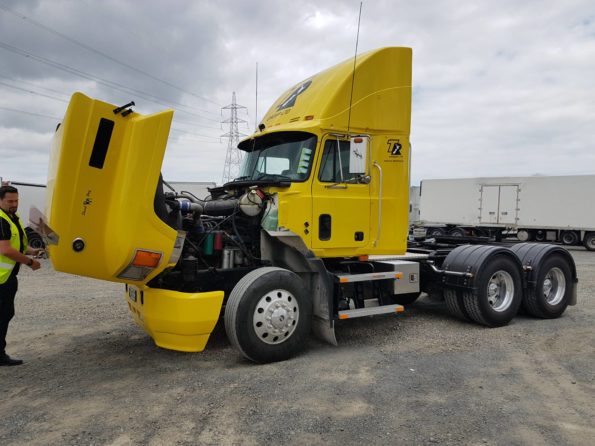
Conventional trucks tend to be slightly shorter in height. If you’ve ever climbed into and out of a cab-over Kenworth you’ll appreciate how tall they are. For drivers that have to get into and out of the cab regularly, e.g. stock drivers who have to open gates, this increases the danger of a slip or fall. Bonneted trucks tend to have one or two fewer steps up into the cab. This means that putting things in the cab from the driver’s side is easier, too.
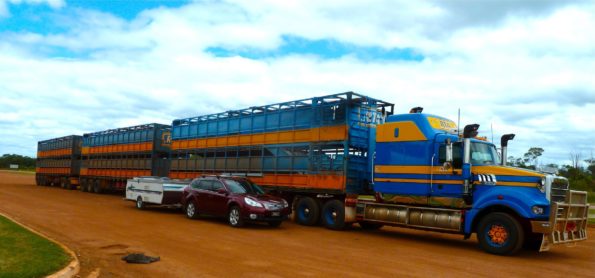
Conventional trucks have a huge crumple zone at the front which helps protect a driver in a crash. In a cab-over truck, the windscreen is right at the point of impact and the driver is just the other side.
As the engine is right under the cab in a cab-over truck, it can make a sleeper cab a lot hotter, but then an hour later once it’s cooled down, the cab is cold. It’s more difficult to add a decent-sized sleeper when the cab is over the engine.
Due to the conventional trucks being lower, they may have a slightly lower centre of gravity which aids with cornering performance (this varies from truck-to-truck)
Conventional trucks come with a wider range of bigger, more powerful engines (they need the extra space afforded by the long bonnet), and this is better for hauling heavy loads in hilly terrain over long distances.
Conventional trucks have more flexibility in interior layout due to not having to consider the engine underneath the cab. In a cab-over truck, there’s usually a raised area between the seats which makes it more difficult to get into the sleeper cab.
There is anecdotal evidence that conventional trucks suffer from fewer windscreen strikes by stones.
Older cab-over trucks suffer from a lack of legroom as the manufacturers made them as short as possible to maximise the freight they could pull. This is not such an issue with newer trucks.
Drivers tend to prefer the image of a conventional truck. Driver recruitment and retention is a huge problem. If drivers prefer conventional trucks, they’ll be more popular.
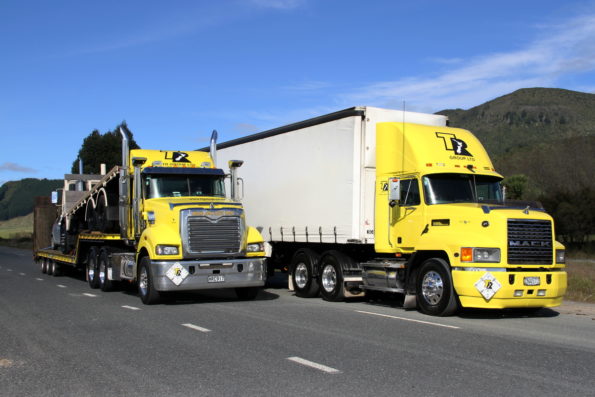
Advantages of a cab-over truck
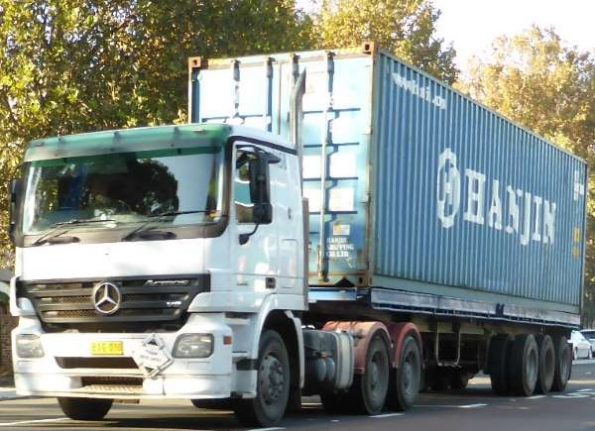
Cab-over trucks are far more manoeuvrable than conventional trucks, which is why they dominate in cities and for medium-sized trucks. The driver can see exactly where the front of the cab is.
Cab-over trucks are preferable in countries where the maximum heavy vehicle length is taken as the overall length of the cab and the trailer. For example, in America, the maximum length is 22.86m, whereas in the UK, a regular semitrailer’s maximum length is 16.65m. In Australia, we have the luxury of B trains and other longer combinations which aren’t always available everywhere. This means that a cab-over truck can haul more freight because the trailer can be longer.
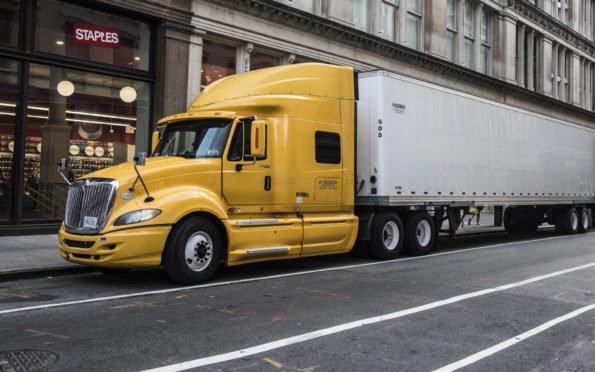
Cab-over trucks have much better visibility. They tend to be taller and there is no long bonnet in the way.
Some drivers say that cab-over drivers get paid more money over drivers carrying equivalent loads in a cab-over truck. I.e. the prestige and expense of driving a bonneted conventional truck mean those drivers work for less money.
